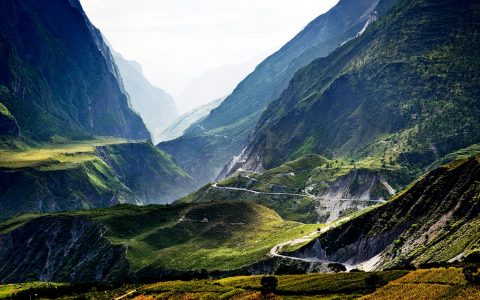In Deep:
What You Need to Know About Beijing
Named by emperor Yongle and expanded upon by the Manchu emperors, today Beijing stands as the capital city and cultural hub of a country poised to become a super power.
Greater Beijing covers an area of 16,000 square kilometres (half the size of Belgium), and has an estimated population of 15 million. (Belgium, by contrast, has only 10 million inhabitants.)
The Forbidden City
In the olden days, if you were a man, entrance to the inner sanctum of the Forbidden City would cost you your testicles. (Much to the relief of myself and many other visitors, the price of admission has fallen over the years.)

A visit to the Forbidden City begins at the Gate of Heavenly Peace, the entrance facing Tiananmen Square. The imperial residence was long inaccessible to common people and, as you can see, was hidden from the outside by thick walls and gates.
The southern gate was the entrance used by visitors and officials. The northern section contained the emperor’s personal quarters. Thus, the visitor had to cross the entire complex, and several halls—the Hall of Supreme Harmony, of Perfect Harmony, of Preserved Harmony, of Heavenly Purity, and of Earthly Tranquillity—before he or she could reach the emperor.
Invasive Maneuvers
Given that its history spans three millennia, it should come as no surprise that Beijing has changed hands many times. It was invaded by Genghis Khan in 1215, who destroyed parts of the old city. In 1860, French and English troops marched on the city. Beijing suffered the reign of the “mad empress” Dowager Cixi, and survived the Boxer Rebellion. Japanese troops occupied Beijing in 1937, followed by Guomingtang troops, and finally Mao’s Liberation Army in 1949.
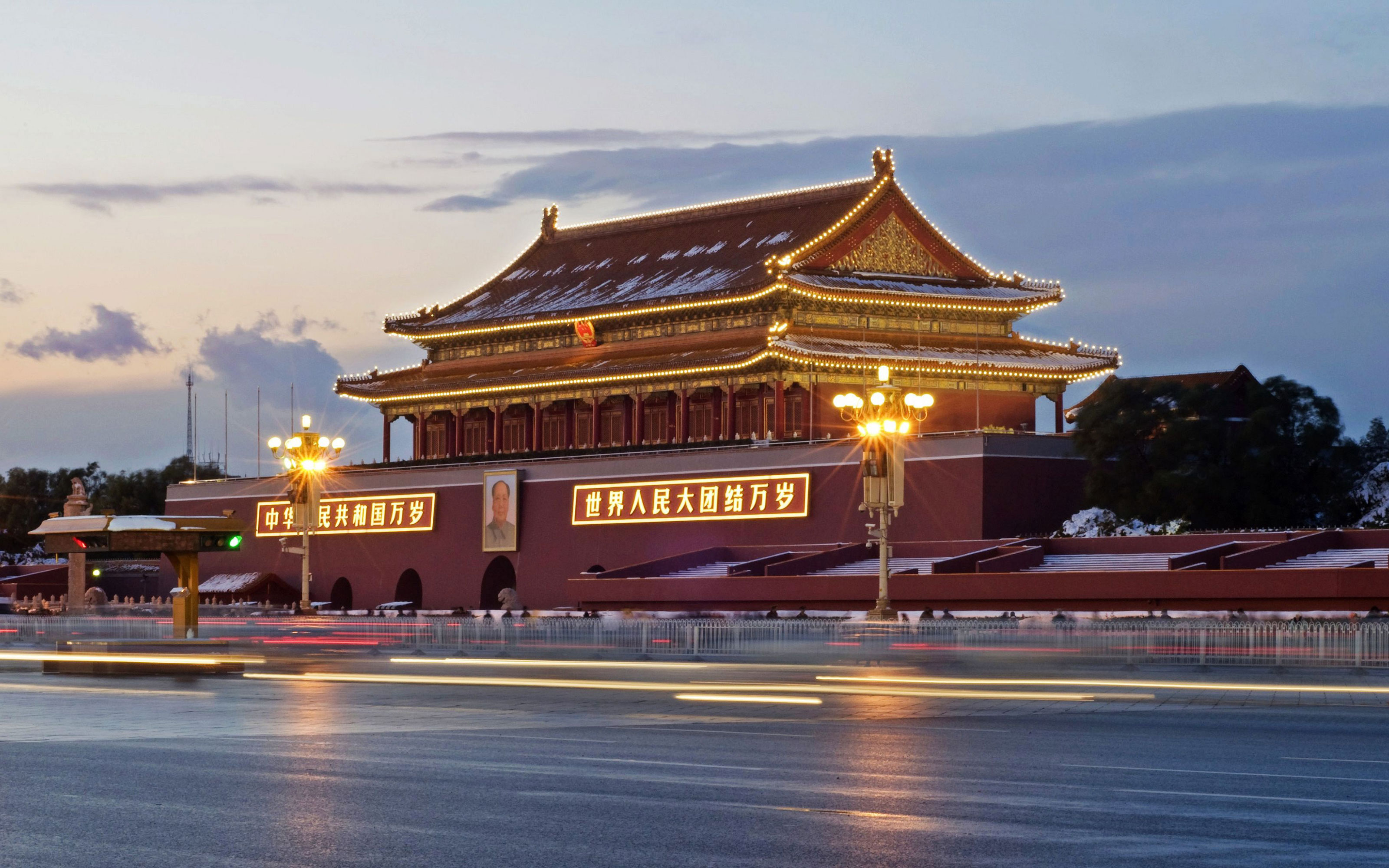
Tiananmen Square (“Square of the Gate of Heavenly Peace”)
Tiananmen Square, as we know it today, is a recent creation. It was designed by Mao as a public space where crowds could gather, and where military parades could be held.
Every year, on May 1 (Labour Day) and October 1 (National Day), large portraits of Marx, Lenin and Sun-Ya-Tsen are displayed here. The Great Hall of the People (i.e., the Chinese Congress), the National Museum of History and the Museum of the Revolution are all located on the square.
Mao’s mausoleum is in the centre of the square, where his preserved body is on display. In front of the mausoleum is the monument to the heroes of the revolution.
Eunuchs
The sole aim of the eunuch was to serve the emperor—but there were many classes of eunuchs, from menial servants to high-ranking and powerful bureaucrats.
The Emperor Wan Li had 20,000 eunuchs in his service. (The last emperor, Pu Yi, was forced to manage with a skeleton crew of only a thousand.) Eunuchs generally entered the service of the Emperor at the age of eight or nine. Specialists performed the castration procedure—the most infamous of these specialists being “Pocket Knife Liu,” who allegedly used a chair with a hole in the seat.
Eunuchs always carried their “missing parts” in a little pouch on their belt to fool the spirits, since mutilation was considered grounds for exclusion from the next life.
The Temple of Heaven

Inspired by Chinese symbolism and feng shui, the Temple of Heaven was designed and used in order to celebrate the Winter Solstice.
During the Solstice, the emperor and his eunuchs would make their way from the square-shaped south gate to the circular north gate. In moving from south to north, the emperor was symbolically giving thanks for the year’s harvest, and begging the gods for another fruitful year.
The Temple of Heaven boasts colourful architecture from the Ming Dynasty. Each building is a work of detailed craftsmanship.
Perhaps the most impressive building in the Temple of Heaven is the Hall of Annual Prayer, built without a single nail. Its four inner pillars represent the four seasons, the twelve middle pillars the months, and the twelve outer pillars the traditional Chinese hours. Together, these 28 pillars correspond to the constellations of Heaven.
At the north end of the temple, the Altar of Heaven’s carved balustrades and terraces were built in multiples of nine—the Emperor’s number. On the four outer edges of the altar are four towering poles. At one time, enormous lanterns hung from them, kept burning by servants who sat inside the lanterns during ceremonies!
Today, the outer park of the Temple of Heaven is a retreat for people of all ages. Ballroom dancing, calligraphy, choir practice and tai chi are all practiced here.
The Great Wall
The founding Emperor of China, Qin Shihuangdi—who also buried life-size terra cotta warriors in his vast tomb near Xi’an—was responsible for linking several existing warlords’ defensive walls into the one, continuous Great Wall of China.

Emperor Qin obviously had no qualms about commissioning large-scale projects. The Great Wall extends from the east coast to the western deserts, spanning thousands of miles. For millennia, it has been the defining symbol of Chinese culture.
MORE FROM Asia-Pacific + China

Biking in Cambodia with B&R Expert Guide Fin
Cambodia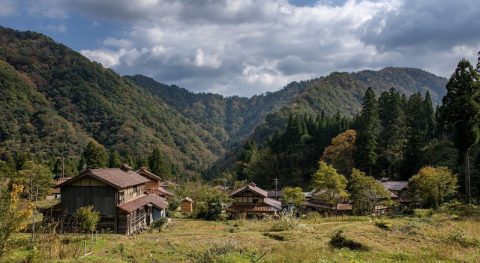
The Slow Fund: Rice Production with Ozuchi Village
Japan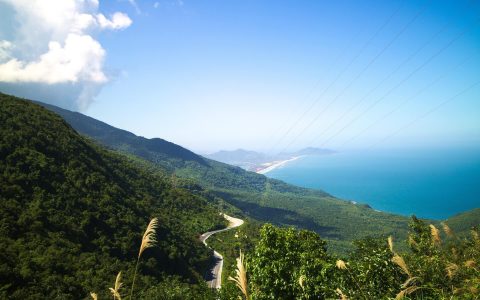
Take a Virtual Ride on the Hai Van Pass in Vietnam
Vietnam
How Three Cambodian Hotels Are Joining Forces to Feed Their Communities
Cambodia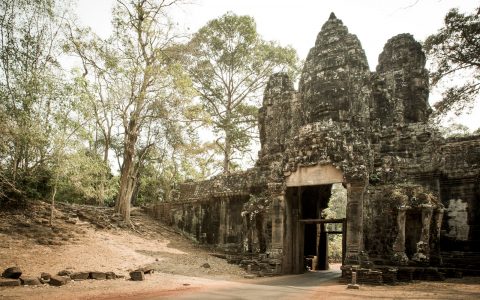
Meet Fin—B&R’s Expert Guide in Cambodia
Cambodia
An Insider’s Eye on Vietnam: What to See and What to Skip, According to our Vietnam Expert
Vietnam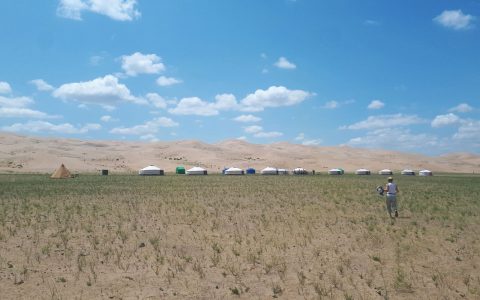
Photo Essay: Exulting in Mongolia’s Eternal Blue Sky
Mongolia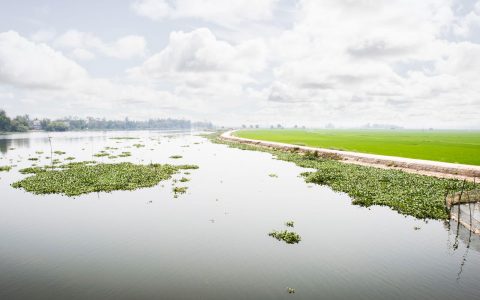
The Best Times of Year to Travel to Asia
Vietnam
Chris Litt: On Mongolia and the Desire to Disconnect
Mongolia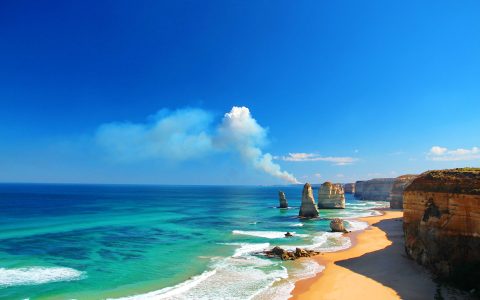
Top 6 Multi-Day Walks in Australia
Australia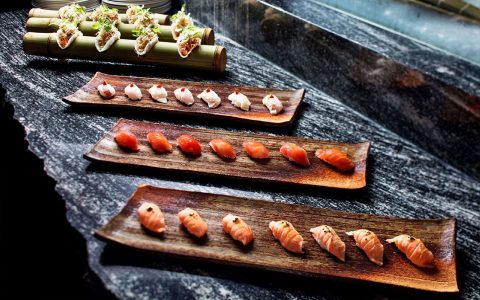
The 8 Best Restaurants in Auckland
New Zealand
The 5 Best Restaurants in Wellington
New Zealand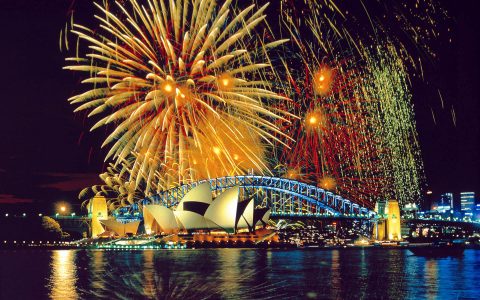
8 Reasons Why You Need to Take an Australian Adventure
Australia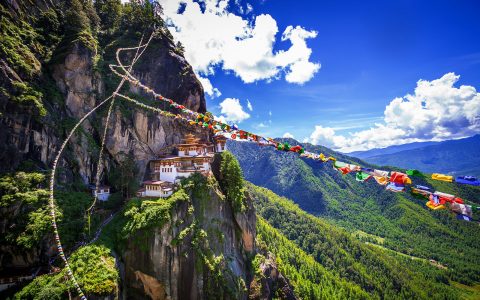
Cultural Quirks About Bhutan That Will Blow Your Mind
Bhutan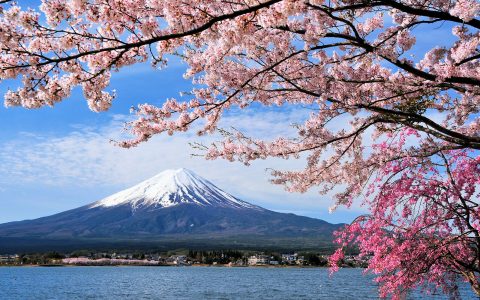
5 Things to Know Before You Go to Japan
Japan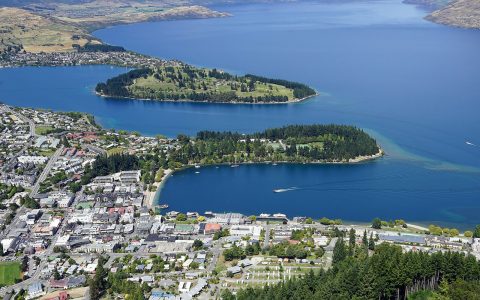
8 Favourite Restaurants to Eat in Queenstown
New Zealand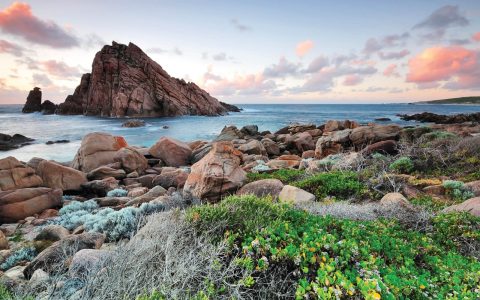
10 Must-Try Australian Wines
Australia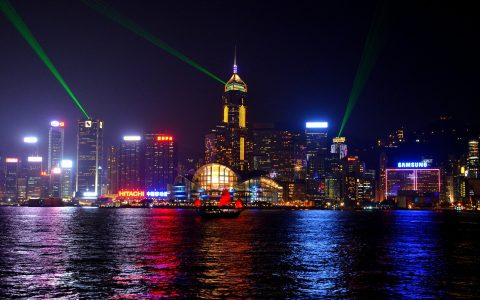
Where to Eat in Hong Kong: 7 Best Restaurants
China
A Kiwi’s Guide to Enjoying New Zealand
New Zealand